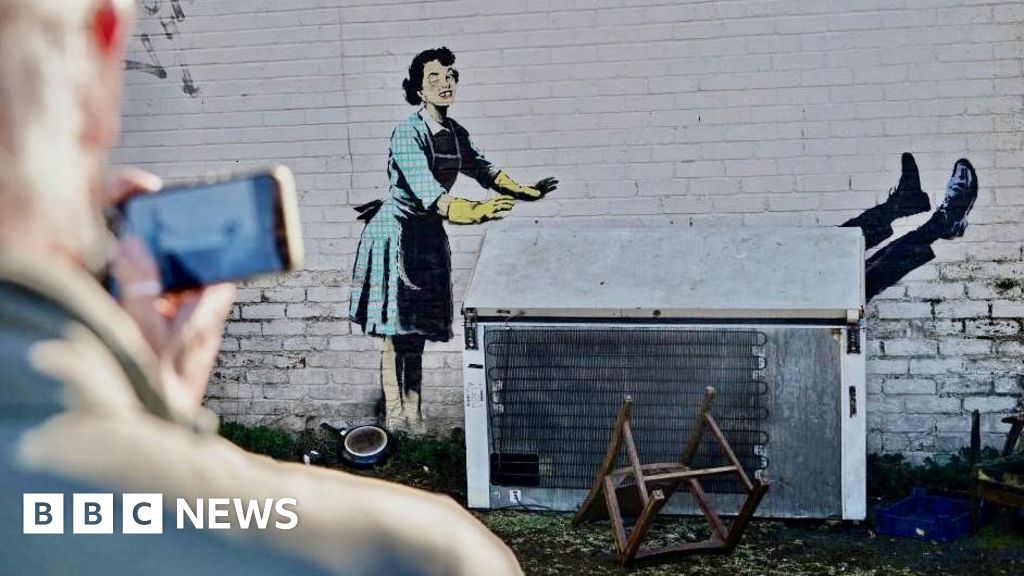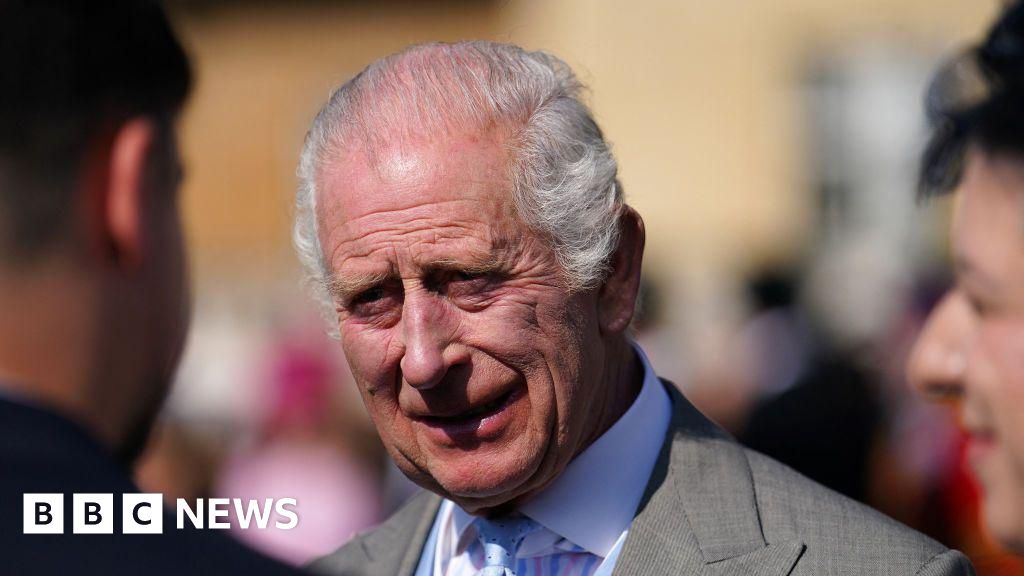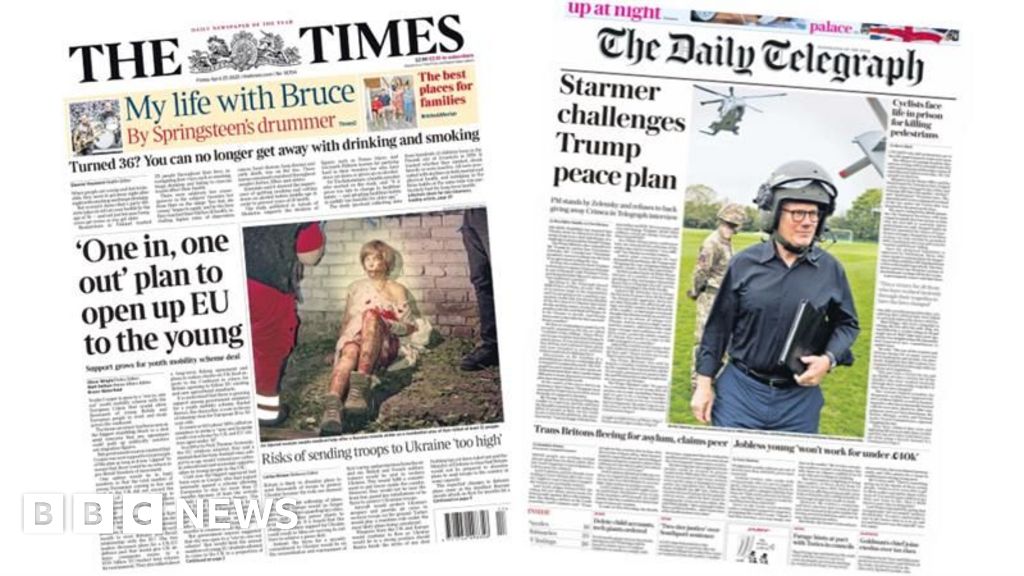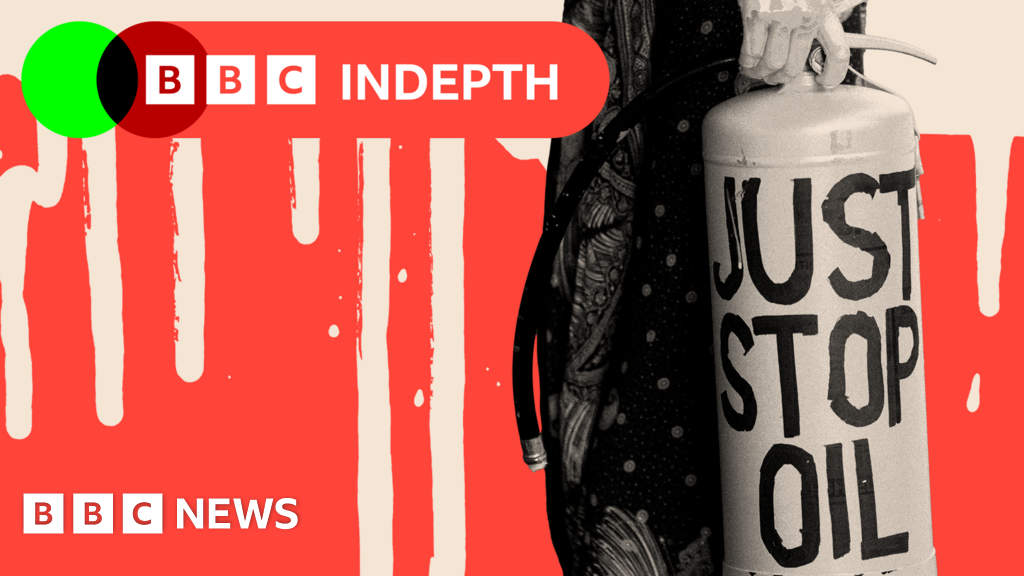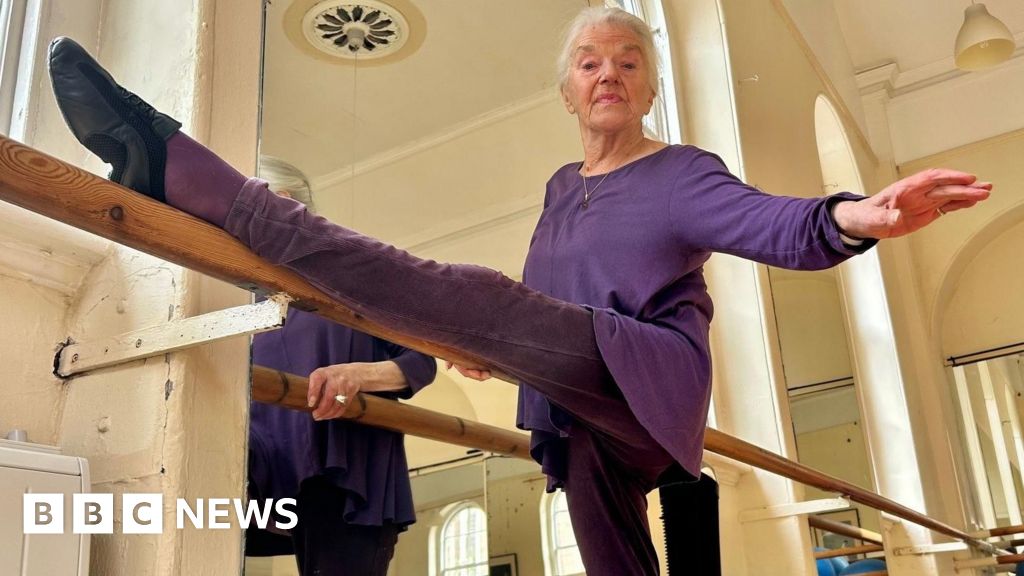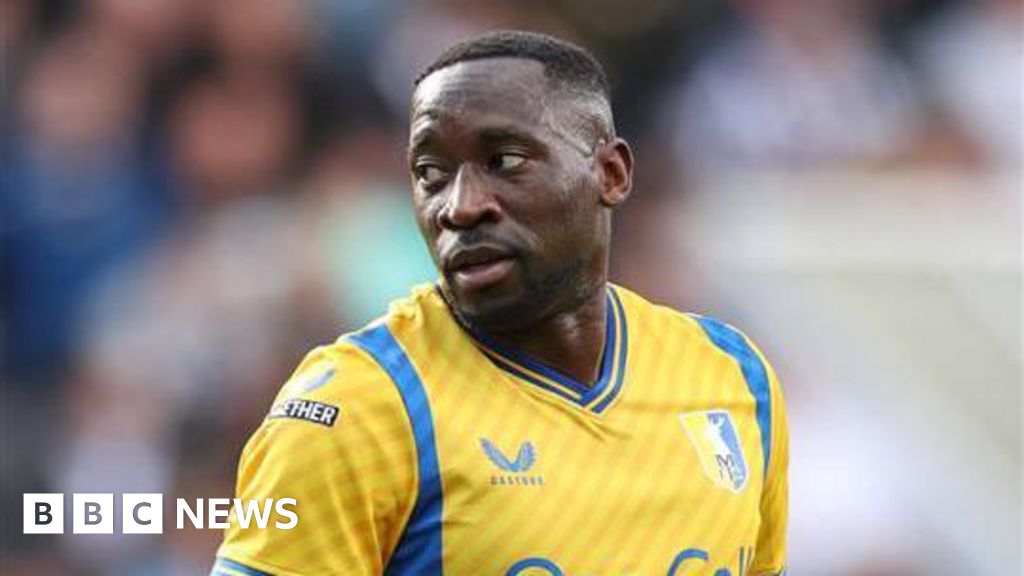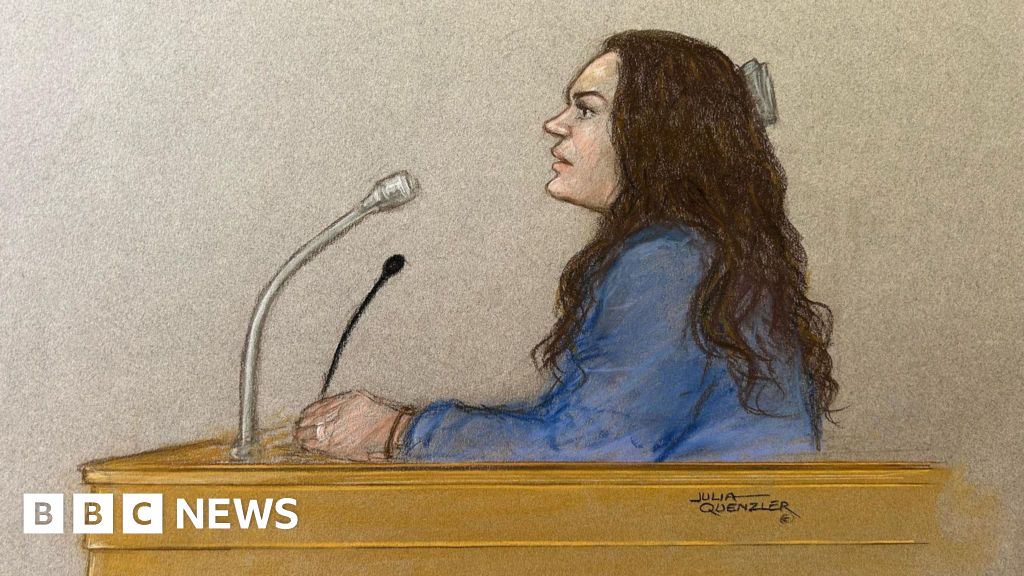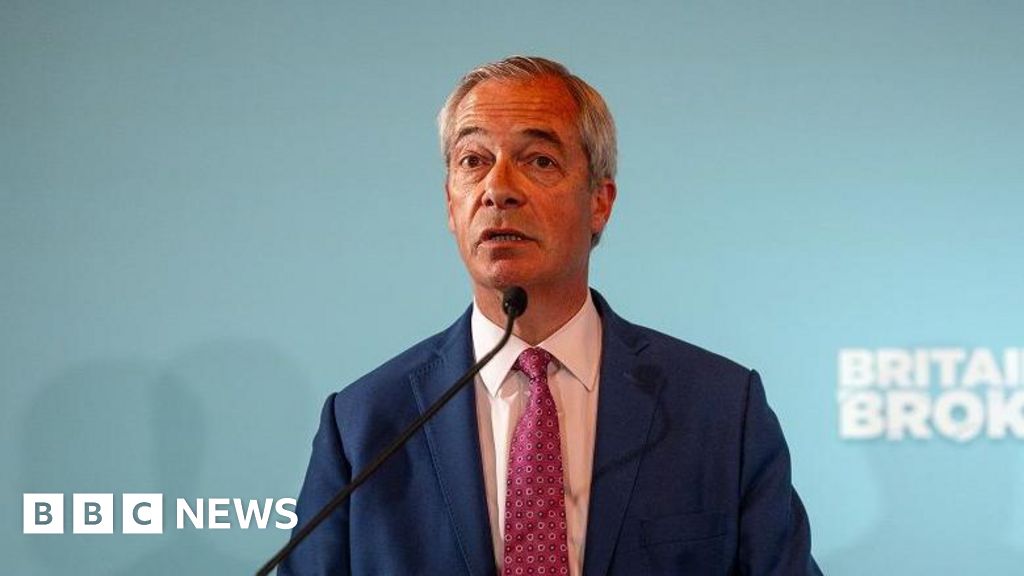Two homeowners had vastly different experiences after waking up to find Banksy artwork on their properties. Sam, a homeowner in Margate, was shocked when her tenant sent her a photo of a potential Banksy graffiti outside her house. The piece, Valentine’s Day Mascara, was deemed one of Banksy’s most intriguing new works, highlighting themes of domestic violence. Sam quickly sought advice on how to handle the situation, reaching out to an art gallery for guidance.
On the other hand, Gert and Gary, owners of a buy-to-let property in Lowestoft, were met with a 30ft-high seagull stencil on their wall, part of Banksy’s Great British Staycation campaign. Despite the impressive piece, Gert was less than thrilled, referring to the seagull as an albatross. The couple faced challenges in preserving the artwork, with costs soaring and no immediate buyers showing interest.
While the Banksy in Margate is poised to sell for over £1m, with proceeds benefiting a domestic violence charity, the piece in Lowestoft sits in storage, costing Gert and Gary thousands each month. The different outcomes raise questions about the value and preservation of street art. Some, like gallery owner Steph Warren, believe that artwork meant for the streets should remain there to maintain its authenticity, while others embrace the commercialization of street art.
The stories of these two homeowners showcase the complexities of owning Banksy graffiti, from the initial shock and media attention to the long-term financial and ethical considerations. Whether choosing to sell or preserve the artwork, homeowners must navigate a delicate balance between monetary gain and artistic integrity. As Sam reflects on her two-year journey with the Banksy circus, she realizes that returning to normal life may now seem dull in comparison
Read the full article from The BBC here: Read More

